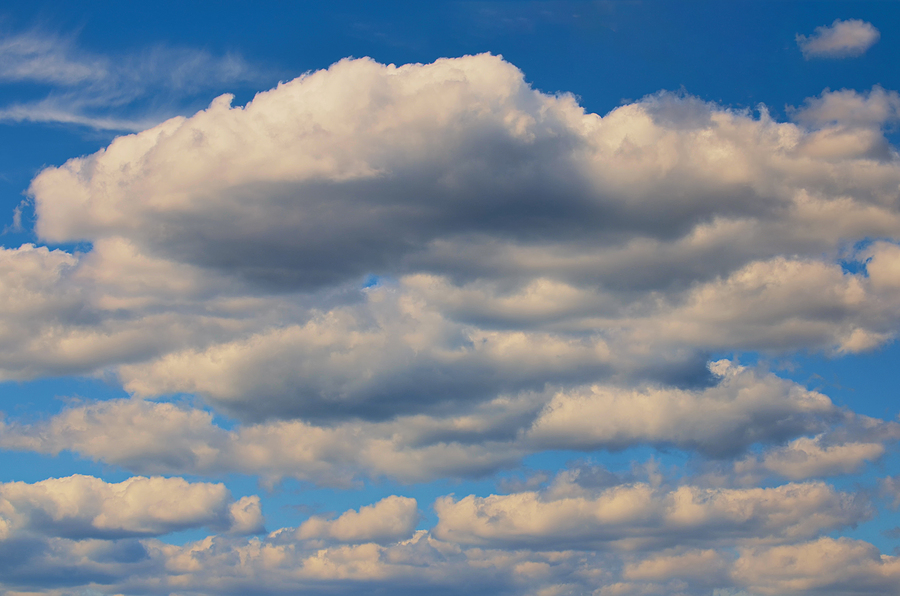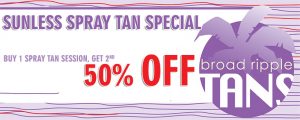Do you feel safer when the clouds are out, so you go lighter on the sunblock? Not a good idea. That’s because you can still catch a sunburn in cloudy weather. Continue reading to learn more about the topic, and how to protect yourself from overexposure and sunburns in all kinds of weather.

Sunburn Protection 101
Although most people associate sunburns with hot, bright, summer weather, your skin can also burn in cold, overcast weather. The sun emits two types of rays, UVB and UVA rays, both of which have the power to shine through clouds, mist, and fog; and both of which always do, delivering the potential for skin to burn from overexposure. This is why some of the worst sunburns happen when they are least expected. People do not protect their skin from the sun when they do not think they require any protection.
The ultraviolet radiation emitted by the sun is what changes the color of your skin, either into a tan or a burn. UVB rays are the immediate cause of skin color changes, while UVA rays are the ones that penetrate deep into the skin. But UVA rays are not just from direct sun, they are also a product of natural light through glass, windows, clouds, mist, and fog. They are also the same rays used in tanning beds.
Sunblock on Cloudy Days
Depending on the type of cloud, only a certain level of UVA rays emits through and penetrate the skin. Dark grey clouds allow less UVA exposure than white, fluffy ones. Either way, sunscreen is a must. On days with dark clouds, a milder sunscreen will do, but on days with fluffy white clouds, choose a stronger sunblock. And don’t forget that elevation has an effect on sun exposure too!
Regardless of which type of clouds the day has in store, if you are going to be higher up in elevation, say on a mountain or hills, then you will need a stronger sunblock and more coverage. The higher you are, the close you are to the sun’s UVA rays. So, it makes sense that you are more vulnerable to a sunburn at higher elevations. The same goes for wintery days filled will sledding and snowman building. You can still burn in these conditions, so sufficient coverage is a must.
Just Don’t Go Overboard
Sunscreens are useful, but excessive usage can sometimes be bad for your health. Most contain several chemicals, and repeated usage over a long period of time is bound to have negative implications a person’s health.
Are you looking for a luxury tanning salon in Indy with neighborhood prices? Contact Broad Ripple Tans at 317-257-8262 to learn more about our tanning beds and indoor tanning packages in Indianapolis, Indiana. Our trained consultants can help select the right tanning bed for you!
Related Posts:
Is it Possible to Wear Too Much Sunscreen?
Anti-Aging Sunscreen Products You Should Try
Will Sunscreen Ruin a Spray Tan?


